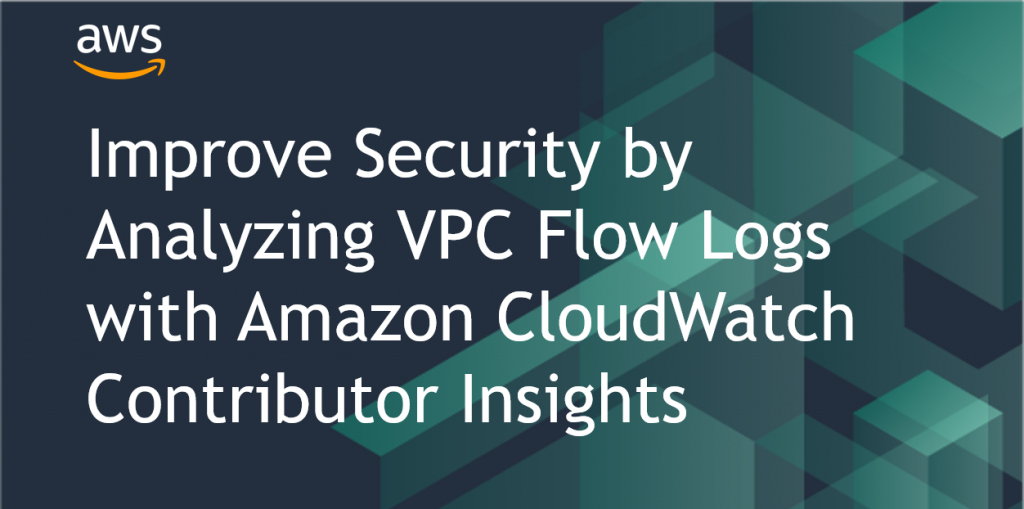AWS Cloud Operations Blog
Category: Advanced (300)
Visualizing AWS Config data using Amazon Athena and Amazon QuickSight
In this guest post, Henrik André Olsen, Solutions Architect, discusses how he visualized AWS Config data in Amazon QuickSight dashboards with a high value for the Danish insurance company Topdanmark. If you are an AWS Config user, you are probably already familiar with how to use the AWS Config console to access data, but it’s […]
Building secure Amazon SageMaker access URLs with AWS Service Catalog
Many customers need a secure method to access Amazon SageMaker notebooks within their private network without logging in to the AWS console, or using the AWS CLI/SDKs. This may be desired for enhanced security or to provide an easier self-service path for data scientists. In this blog post, we show you a how to connect […]
How to implement a read-only service control policy (SCP) for accounts in AWS Organizations
Customers who manage multiple AWS accounts in AWS Organizations can use service control policies (SCPs) to centrally manage permissions in their environment. SCPs can be applied to an organization unit (OU), account, or entire organization to restrict the maximum permissions that can be applied in the scoped AWS accounts. In this post, we are going to explore the use of SCPs to restrict an AWS account to read-only access.
Streamline server fleet management with AWS Systems Manager Fleet Manager
Organizations manage an increasingly diverse IT infrastructure, one that spans cloud and on-premises environments and uses different tools and services. Managing these diverse hybrid environments can be complicated and resource-intensive. Fleet Manager, a new feature in AWS Systems Manager, makes it easy and cost-effective to remotely manage Windows and Linux servers running across AWS, on-premises, […]
Accelerate vCenter Migration using AWS Migration Service Agentless Migration
Organizations often decide to move their applications from on-premises environments to the cloud with little to no architecture changes. This migration strategy is advantageous for large-scale applications to satisfy specific business goals, such as launching a product in an accelerated timeline or exiting an on-premises data center. Using a rehost migration strategy lets customers achieve […]
Improve security by analyzing VPC flow logs with Amazon CloudWatch Contributor Insights
You can use rules in Amazon CloudWatch Contributor Insights to gain security visibility into your VPC flow logs. The rules analyze flow logs in targeted groups in Amazon CloudWatch Logs and display the Top-N contributors for a given log field or combination of log fields. In this post, I’ll show you how to set up CloudWatch Contributor Insight rules for VPC flow logs. I’ll demonstrate how to:
Map the VPC flow log format to rules in Contributor Insights.
Explain how a single rule can be used to monitor many VPC flow logs.
Walk through some sample rules and show them in a CloudWatch dashboard.
Automate customized deployment of cross-account/cross-region CloudWatch Dashboards using tags
Amazon CloudWatch Dashboards are a great way to monitor your AWS resources. During peak events when you are expecting high traffic, monitoring your AWS resources helps you stay ahead of any issues that may arise. You might want a customized and automated dashboard that can be used during a seasonal event, important releases, holidays, and […]
Configuring AWS Systems Manager Session Manager run as support for federated users using session tags
In this blog post, we share a procedure for configuring AWS Systems Manager Session Manager run as support for Active Directory (AD) federated users using AWS Security Token Service (AWS STS) session tags. We show you how to start a Session Manager session using the AD user name of the federated user on an AD-joined […]
Monitoring Cisco CSR 1000v VPN tunnel and BGP status using Amazon CloudWatch
Many organizations get access to their AWS resources using a Direct Connect connection or a Site-to-Site VPN. AWS Site-to-Site VPN creates a secure connection between your data center or branch office and your AWS cloud resources. In this post, we will see how to monitor your Cisco CSR VPN tunnel and BGP (Border Gateway Protocol) […]
Increase application visibility and governance using AWS Service Catalog AppRegistry
Many customers deploy applications with a multitude of resources using AWS CloudFormation templates. As customers begin to scale, these templates are often re-used across multiple applications. At this point, important tasks like identifying deployed applications and understanding which CloudFormation stacks are associated with an application become more difficult. Visibility is an important component of a […]









